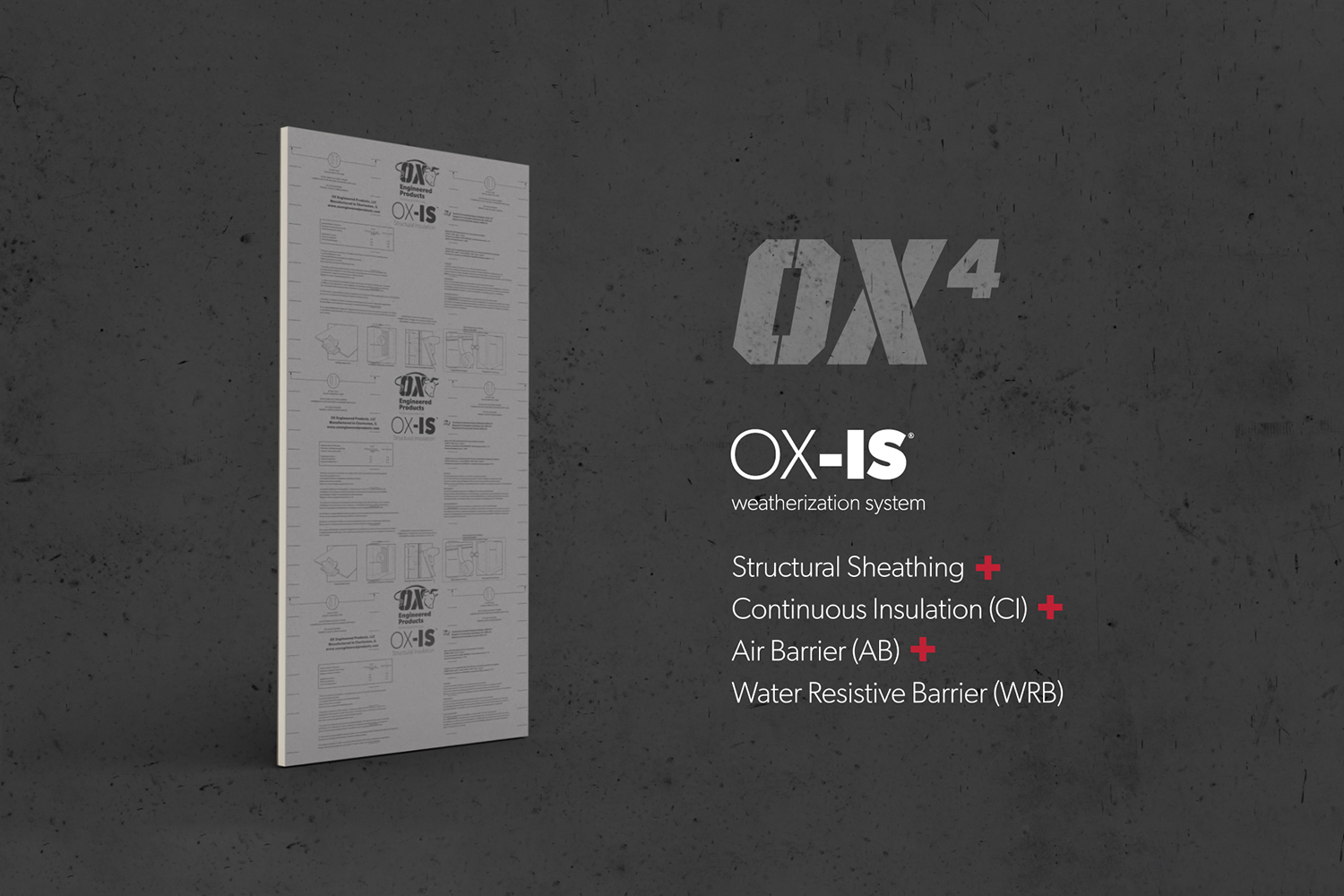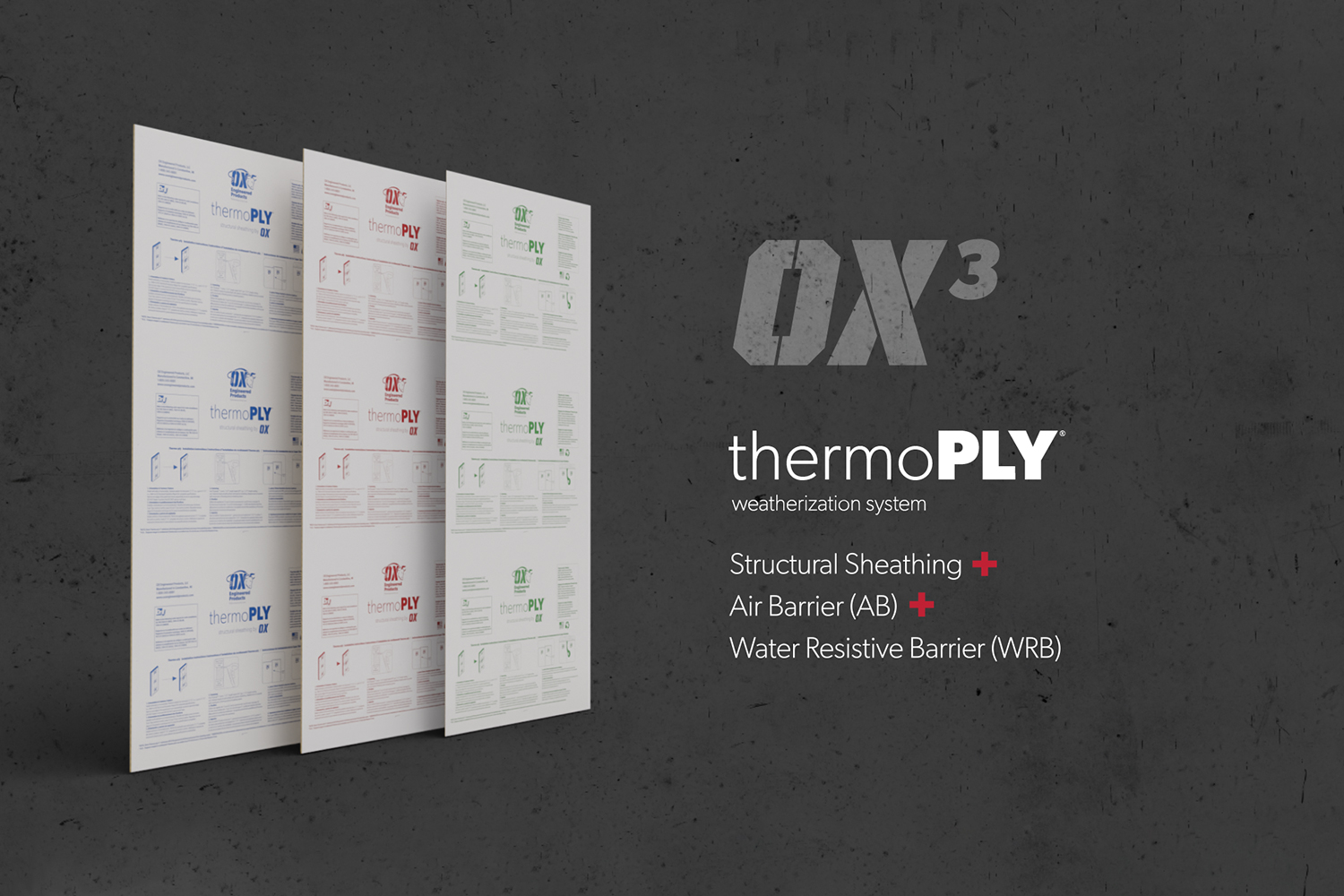For the construction industry, the quantity of available jobs is not an issue. Finding qualified workers, however, is becoming increasingly problematic.
There are a host of factors contributing to the struggle to find construction workers, including more attractive alternatives that are increasing starting wages (such as restaurants and retail), a growing preference for remote work, and older construction workers retiring.
To address this shifting paradigm, the construction sector – including multifamily – must more heavily rely on the right resources, construction practices, and building materials. Such a pivot can contribute to streamlining construction timelines that are being negatively impacted by the labor shortage.
Starting with Materials
A prolonged project timeline equals a more expensive project.
With less hands on deck, finding materials that are simpler to install and more time-efficient can deliver major savings on multifamily job sites.
Consider the requirements for completing the exterior walls of a multifamily building. It requires several passes around the exterior of the structure to get all materials in place. This includes nailing the sheathing to the studs, fastening the housewrap to the sheathing, and (in some cases) adding a layer of continuous insulation to keep the structure thermally efficient. In this scenario, installers are taking at least three passes around the structure to get it ready for cladding materials.
Where can the construction industry look to streamline this process?
Integrated products.
Materials such as OX-IS structural insulated sheathing combine several exterior wall control layers into a single component. The sheathing, weather-resistive barriers, and continuous insulation are included in one product, which significantly simplifies installation.

Think of it this way: The core control layers of an exterior wall system are being prefabricated ahead of time, reducing manpower requirements on site. This provides substantial value to construction crews, especially during a labor crunch.
The Difference Maker
What sets integrated products apart?
For starters, material weight is a differentiator.
Integrated structural insulated sheathing (such as OX-IS) weighs one-third of what OSB does, so it is much easier to transport, handle, and lift into place for installation. It can be done by a single crew member as opposed to multiple workers. With integrated sheathing products, crews need less hands to exceed typical productivity output.
In addition, next-gen materials such as OX-IS completely eliminate the need for a separate housewrap product. The same is true for OX’s ThermoPLY, which is sheathing and the control layers minus the continuous insulation portion.

As a construction partner, OX offers detailed installation instructions and training videos to shorten the learning curve for new installers, even though most new installers find the installation of these materials to be significantly easier than using traditional OSB and housewrap.
Finally, with integrated systems, installers purchase one product from one manufacturer with a single warranty and point of contact should any issues arise. This eases the purchasing and delivery process for the construction team.
Slash Costs During the Labor Dip
Construction stakeholders are always searching for ways to trim costs on a job site. One of the reasons is because of rising building materials costs. According to Construction Dive, pressure on manufacturers to raise material prices is driven by higher costs for energy and the ongoing scarcity of construction labor that will “ultimately lead to a permanent shift in materials prices.” Not only is a weakened labor force having an impact on job sites nationwide, but it is permeating manufacturing plant floors as well. This is causing the hikes in material prices, further highlighting the importance of integrated building materials. Where builders can’t save on materials, they can now save on labor.
Integrated products can be installed with just one trip around a building’s exterior, which equals approximately two to three times the labor savings depending on project size and scope. The savings are magnified to an even greater degree for large-scale light commercial or multifamily projects. However, integrated products help offset inflated material costs for all project types.
See the Savings
Due to the current state of labor in the construction industry, it is critical for multifamily construction crews to identify ways to save on costs wherever they can. It is also imperative to continue to refine and streamline construction processes.
From a cost perspective, for purchasing managers, choosing integrated products doesn’t have to break the bank. In fact, teams will not pay more compared to what OSB and housewrap cost combined. In fact, often, these materials cost less, and the owners and occupants get a much higher-performing product that will keep their work and dwelling spaces comfortable for the life of the structure.
In terms of savings, integrated structural insulated sheathing can save builders even more by helping them meet eligibility requirements for the 45L tax credit reimbursement. 45L is a government incentive for builders, owners, and developers to prioritize green construction practices and materials, offering significant monetary reimbursement for those that do and meet ENERGY STAR® or Zero Energy Ready Home requirements.
Related Stories
Mixed-Use | Aug 21, 2024
Adaptive reuse of a Sears store becomes luxury mixed-use housing
6 Corners Lofts at 4714 W Irving Park Road, Chicago, Ill., opened in March of 2024 as a 394,000-sf adaptive reuse project born out of a former Sears store.
Multifamily Housing | Aug 21, 2024
Nation's leading multifamily developer expands into infrastructure
Greystar's strategy for infrastructure is driven by the shifting landscape of today's cities—primarily in the increased digitization, urbanization, and transitions to clean energy.
MFPRO+ New Projects | Aug 20, 2024
Seattle workforce housing project inspired by geology of eastern Washington
J.G. Whittier Apartments, a workforce housing project in Seattle uses the geology of eastern Washington as inspiration for the design. The architecture and interior design celebrate geometric anomalies found in nature. At the corners of the building, blackened wood siding “erodes” to expose vibrant murals underneath.
MFPRO+ New Projects | Aug 16, 2024
At 60 stories, the Paramount multifamily development will stand as Nashville’s tallest high rise
When complete, the 60-story Paramount building, at 750 feet high, will be the tallest high rise tower in Nashville, Tenn., surpassing the city’s current record holder, the 617-foot AT&T Building. The $390 million Paramount project recently launched condo sales after securing more than $230 million in construction financing.
Adaptive Reuse | Aug 14, 2024
Adaptive reuse revives a former warehouse in St. Louis
The Victor, as the building is now called, has nearly 400 residential apartments.
MFPRO+ News | Aug 14, 2024
Report outlines how Atlanta can collaborate with private sector to spur more housing construction
A report by an Urban Land Institute’s Advisory Services panel, commissioned by the city’s housing authority, Atlanta Housing (AH), offered ways the city could collaborate with developers to spur more housing construction.
Modular Building | Aug 13, 2024
Strategies for attainable housing design with modular construction
Urban, market-rate housing that lower-income workers can actually afford is one of our country’s biggest needs. For multifamily designers, this challenge presents several opportunities for creating housing that workers can afford on their salaries.
MFPRO+ Research | Aug 9, 2024
Apartment completions to surpass 500,000 for first time ever
While the U.S. continues to maintain a steady pace of delivering new apartments, this year will be one for the record books.
Affordable Housing | Aug 7, 2024
The future of affordable housing may be modular, AI-driven, and made of mushrooms
Demolished in 1989, The Phoenix Ironworks Steel Factory left a five-acre hole in West Oakland, Calif. After sitting vacant for nearly three decades, the site will soon become utilized again in the form of 316 affordable housing units.

















